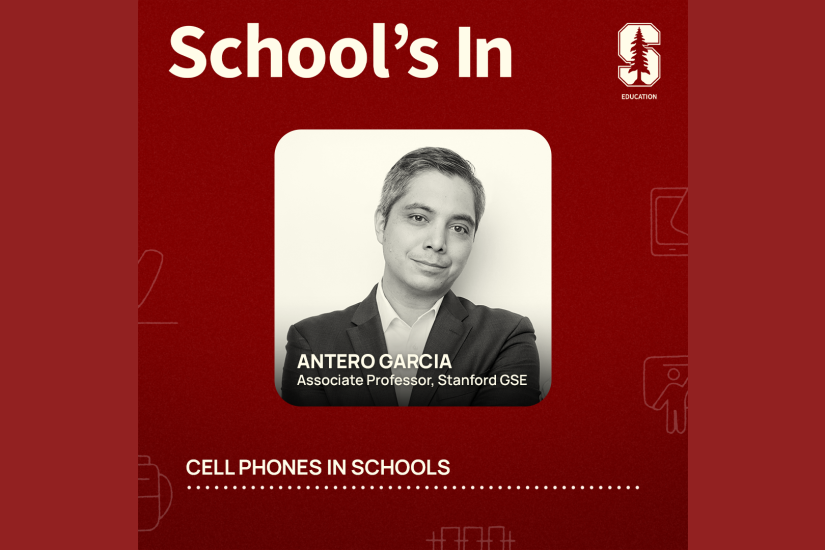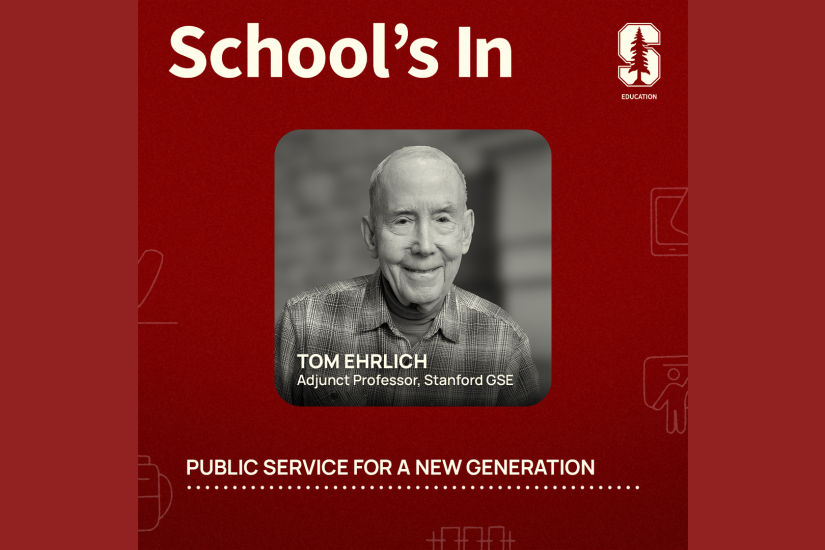
What a decade of education research tells us about technology in the hands of underserved students
Despite all the celebratory rhetoric around our nation's declining dropout rates, during a given year, nearly 20 percent of students expected to graduate do not. Furthermore, according to John Hopkins and Civic Enterprises, “unacceptably low levels of minority, low-income, English Language Learners, and special education students are graduating from high school.” This is true for 29 percent of African American students, 25 percent of Hispanic students, 39 percent of students who have limited English proficiency, and 27 percent of low income students (as shown on Ed.gov).
Hardware can’t fill this digital divide—especially when K-12 schools in low-income neighborhoods are only using it for remediation purposes. In the last three years, U.S. schools have begun seeing an unprecedented level of new hardware and software in their classrooms. But how can we use this massive influx of technology to support our nations’ underserved students?
The (alarming) research on edtech and equity
Recently, I had the opportunity to work with some educational superheroes, Linda Darling-Hammond and Shelley Goldman, on a massive literature review and policy brief guided by the very question listed above. During this project, I personally vetted almost 400 publications, landing on 52 that were relevant, rigorous, and grounded in actual research. Taken as a collection (outlined in this presentation on the Digital Learning Ecosystem), they revealed a holistic picture of the parts that must work together for edtech to be effective in the classroom.
You may be wondering, why isn’t the massive influx of technology supporting those who need it the most? Research on edtech points to an explanation of why access is not enough Specifically, Professor Mark Warschaeur (the force to be reckoned with when it comes to researching digital learning) found that "overall, students who are black, Hispanic, or low-income are more likely to use computers for drill-and-practice, whereas students who are white or high-income are more likely to use computers for simulations or authentic applications” (pg.148). This mean that access alone isn’t enough to raise the bar for underserved students.
When given access, digital tools are being used for “remediation” in low-income environments, which isn’t working. In fact, when we only use edtech for basic skills with underserved students—but use it in much more meaningful ways with more privileged students—we are driving the boundaries of the digital divide even farther apart, not closing it. Using digital tools solely for drill-and-practice activities and remediation can and often does negatively affect student achievement (pg. 204), not to mention engagement, motivation, and self-esteem.
If we can’t use edtech for skills and drills, then what can we use it for? Here are our suggestions, with five tips below providing a good starting point for anyone who wants to implement new digital tools or evaluate those tools already being used.
Actionable tip #1: Stop using technology for remediation!
Instead of using technology to drill kids on grade level standards, use it to help students engage in authentic tasks—those that are grounded in relevant ongoing work that has some purpose beyond the immediate completion of the activity.
This can play out a lot of different ways, but we bumped into the same few promising practices in our lit review. Based on the research, we recommend digital tools that support problem solving, inferencing, analyzing & synthesizing information from multiple sources, as well as tools that develop 21st century skills, including communication, collaboration, creativity, and critical thinking . These should be prioritized 100% of the time over activities basic skill tasks (memorizing facts, applying rules, etc.). Some great tools for this include:
- The Visual Understanding Environment (VUE): Powerful open-source software for concept mapping. VUE allows users to create complex visual representations of information from scratch.
- Canva: A content creation web app that allows users to design presentations, social media graphics, posters, book covers, business cards and more. Canva allows beginners to engage in professional looking information design without the huge learning curve that usually comes with this kind of work.
- Declara: A web-based application for teams and individuals that offers a unique blend of content consumption, content curation, and communication/sharing.
Actionable tip #2: Let students create original digital content.
Give students opportunities to be content creators rather than content consumers. Content creation—when done well—allows students to communicate their own ideas creatively. Some examples include:
- using technology to craft multimedia stories;
- filming and producing documentaries or designing posters;
- leveraging social media as a tool for teaching and learning;
- publishing on wikis, blogs, and/or websites.
The idea is that you want students to engage deeply in ongoing projects within and across platforms. As an added benefit, students can begin to build lifelong learning portfolios showcasing work that makes them proud. (Bonus points if it also happens to feature their content knowledge and technological literacy skills.)
Actionable tip #3: Pick digital tools that promote interactivity and discovery.
Does the app or program allow students to construct their own understanding of complex phenomenon? Does it encourage students to represent thinking in multiple forms (text, pictures, videos, digital interactions or some combination of these)? Will students engage with data or true-to-life simulations? Will they use of sensors to measure real-life phenomenon?
These are some of the markers of digital tools that support learning through interactivity and discovery. To really find out about a tool’s level of interactivity and discovery (whether you are a designer, educator, administrator or policy maker), you need to engage with the digital tool—really get your hands dirty with the technology and use it the way students will. Test the digital tool, and use your activity and engagement as a lens to evaluate its capacity to support meaning-making and active reflection, related to desired learning outcomes.
Actionable tip #4: Honor students as experts, and let them share their expertise with an authentic audience.
With the internet at our fingertips, we have access to all kinds of potential audiences—known and unknown, local and global, those with shared interests, shared questions, shared goals. Giving students an authentic audience to share their work improves the quality of their work. Instead of writing about “how to make a ham sandwich” for the teacher, students could be writing or producing a video about “how to create a working calculator in Minecraft” for the robust Minecraft digital community. In the latter example, the readers are interested, their feedback is targeted and contextualized, and there are higher risks and rewards in terms of building confidence, content knowledge, and identity formation.
Actionable tip #5: Find the right blend of teacher and technology.
I can say without hesitation that the world needs a lot more research on blended learning in K-12, but from what we’ve got, we believe that the teacher must play a crucial role in supporting the content students encounter through digital learning. The only substantial study published on this on this prior to 2013 found significantly greater student satisfaction in environments with 1) high levels of teacher support for the digital material and 2) opportunities for peer interaction. The authors of this report also recommended the use of real-time digital feedback in digital learning environments.
As a final note—where I live in Silicon Valley, it is not uncommon for middle and high school students to write code, participate in blended lessons or explore a fabrication lab. But other students—the same age and living across the highway in a lower-income area—are much more hard-pressed to find opportunities like this within their schools and communities. In a recent panel on Education and Inequity, Darling-Hammond calls attention to the fact that usage of East Palo Alto library computers is limited to fifteen minutes, and the lines to use them are often long. If you are a student without access to a computer at home and limited access to technology within your community, you simply cannot engage deeply in the kind of tasks the literature recommends.
To help our underserved students learn, we must eradicate all traces of the argument that access to digital tools is key to minimizing the digital divide, and instead advocate for changes in the use of these tools to better engage our underserved students in authentic tasks that support the development of higher-order thinking skills.
Molly B. Zielezinski (@mollybullock) is a doctoral candidate at the Stanford Graduate School of Education with a dual specialization in Learning Sciences & Technology Design and Curriculum & Teacher Education.
This article was written for and published by EdSurge, an education technology company that reports on news and trends in edtech. The article is republished with permission from EdSurge.
© 2016 Edsurge



